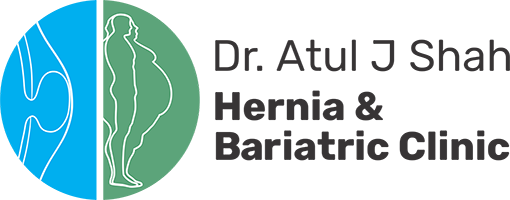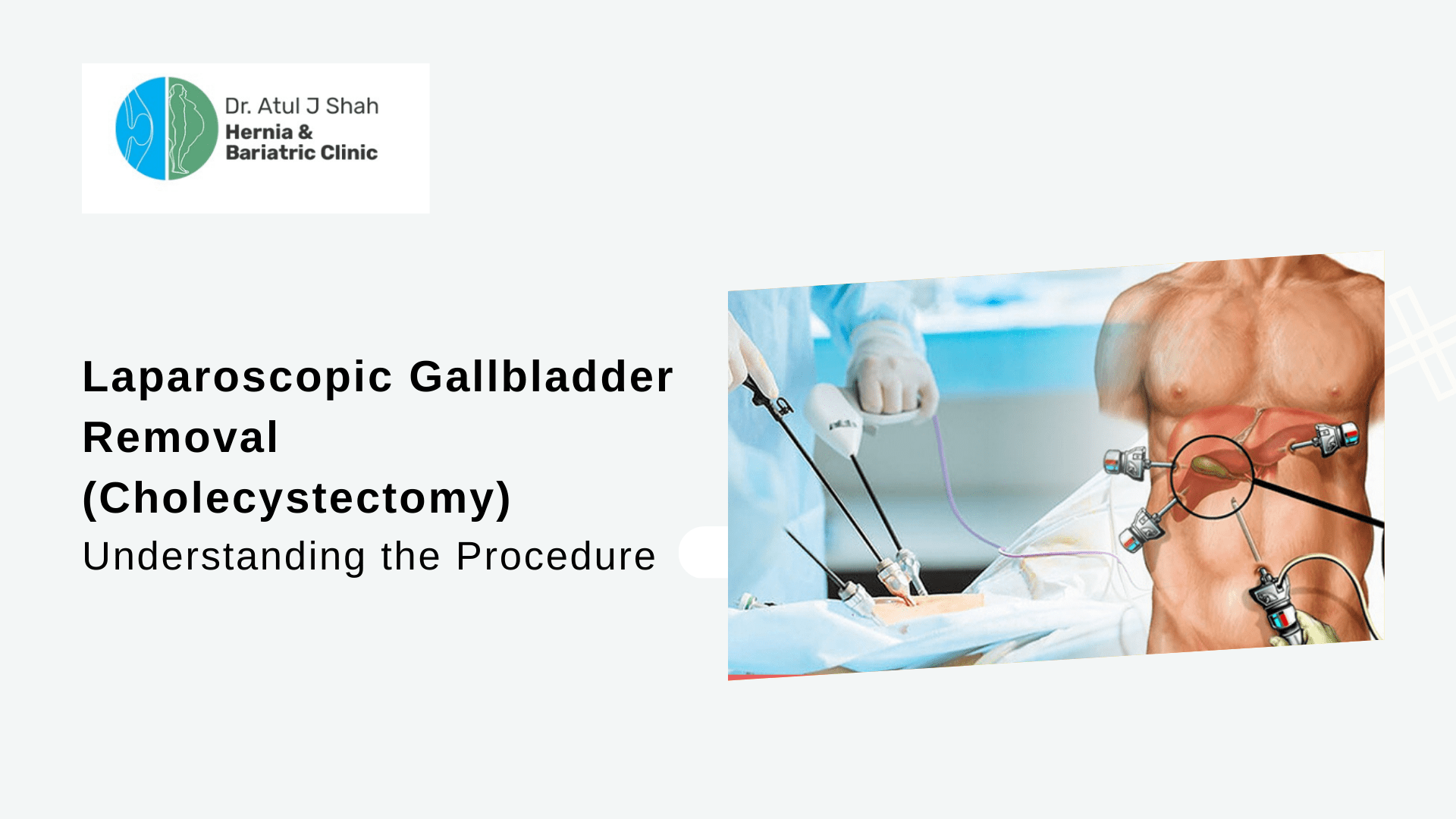Gallbladder problems are common, affecting millions of people every year. One of the most common solutions for gallbladder issues is laparoscopic gallbladder removal, also known as cholecystectomy. This procedure is a minimally invasive surgery that has revolutionized the way gallbladder surgeries are performed, making it easier for patients to recover and return to their normal activities. In this blog, we will explore everything you need to know about laparoscopic gallbladder removal, from understanding the procedure to recovery and aftercare. So if you or someone you know is facing gallbladder issues, read on to learn more about this life-changing surgery.
Why Is A Laparoscopic Gallbladder Removal Performed?
Cholelithiasis, the medical term for gallstones, is the primary reason for gallbladder removal, as it leads to various issues. When certain components of bile solidify, they form gallstones within the gallbladder, which can vary in size from a grain of sand to that of a golf ball.
There are several conditions related to the gallbladder that may require surgical intervention. These include:
- Biliary dyskinesia: This occurs when there is a deficiency that prevents the gallbladder from effectively emptying bile.
- Choledocholithiasis: This condition arises when gallstones move to the common bile duct and can cause blockages, limiting the flow of bile from the gallbladder and the rest of the biliary tree.
- Cholecystitis: This is an infection of the gallbladder.
- Gallstones and pancreatitis: These two conditions can cause inflammation of the pancreas.
How Do You Prepare For Laparoscopic Gallbladder Removal?
Before undergoing treatment, you will need to undergo various examinations to ensure that you are in good health. These examinations will typically include the following:
- Blood tests
- Imaging tests of the gallbladder
- A comprehensive physical examination
- An evaluation of your medical history
Before your surgery, your doctor may advise you to discontinue certain medications, including over-the-counter medications and dietary supplements. It is also important to inform your doctor if you are pregnant or suspect that you may be. Your doctor will provide you with detailed instructions on how to prepare for the surgery, which may include the following:
- Arranging for transportation home
- Having someone stay with you after the surgery
- Abstaining from food and drink for at least four hours prior to the surgery
- Making preparations for a potential hospital stay in the event of complications
- Taking a special antibacterial shower the night before or the morning of the procedure.
Don’t forget to check : Diet After Gallbladder Removal: What to Eat and What to Avoid?
How Is A Laparoscopic Gallbladder Removal Performed?
Here are the main points of what happens during a laparoscopic gallbladder removal procedure:
- Change into a hospital gown.
- Receive an IV to administer medicines and fluids.
- Given general anesthesia to prevent pain during the procedure.
- Insertion of a mechanical ventilator tube to assist breathing.
- Four small incisions are made in the belly.
- Insertion of a tube with a small camera to guide the procedure.
- Additional instruments are maneuvered through the incisions.
- Inflation of gas into the abdomen creates room for the surgeon to work.
- Removal of the gallbladder through the incisions.
- Utilization of intraoperative cholangiography, a specific X-ray to identify any bile duct issues or anomalies, such as a bile stone, that might require removal.
Lastly,
Dr. Atul Shah is a highly experienced gastroenterologist who specializes in treating gallbladder stone diseases using laparoscopic gallbladder removal, a safe and effective procedure. He provides personalized care and treatment to his patients and is dedicated to ensuring their successful and speedy recovery from gastrointestinal issues.


